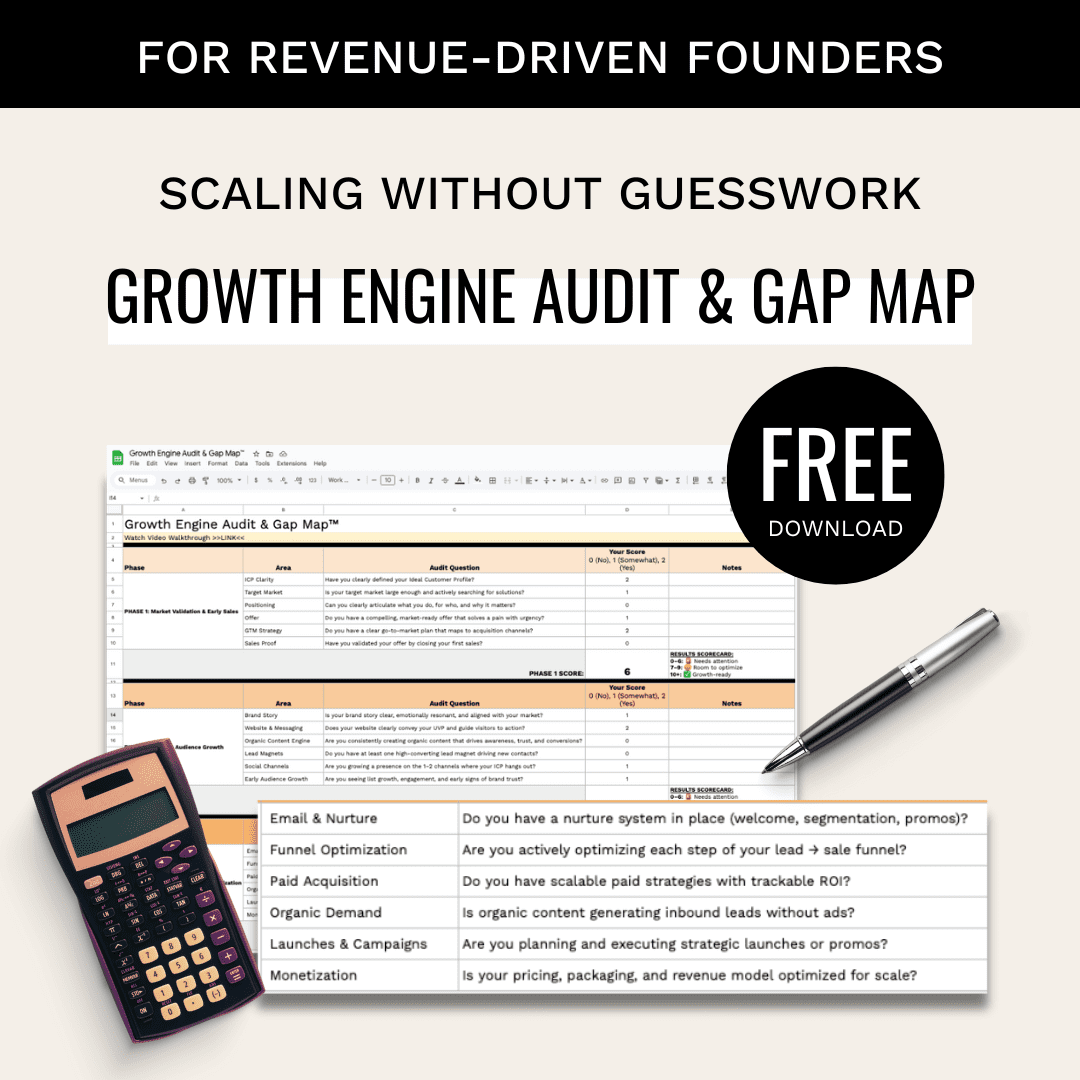AI is transforming ROI forecasting. Businesses can now predict and monitor returns in real time, replacing outdated periodic reports. Here’s how AI-powered systems work:
- Real-Time Insights: Continuous updates track ROI based on customer behavior, market trends, and campaign performance.
- AI Benefits: Automates calculations, reduces errors, and identifies patterns in large datasets for smarter decisions.
- Key Technologies:
- Machine Learning: Predicts outcomes like revenue and costs using regression and time-series models.
- NLP: Analyzes text data (reviews, social media) to extract sentiment and intent.
- Data Systems: Integrates and processes data from CRM, analytics, and financial tools.
Quick Comparison:
| Traditional ROI Forecasting | AI-Powered ROI Forecasting |
|---|---|
| Manual calculations | Automated processing |
| Periodic updates | Real-time monitoring |
| Limited data points | Comprehensive analysis |
| Reactive decisions | Proactive adjustments |
Core AI Technologies for ROI Forecasting
Machine Learning Prediction Models
Machine learning models play a central role in real-time ROI forecasting. By analyzing historical data, these models uncover patterns and predict future outcomes. Here’s a breakdown of key model types and their uses:
| ML Model Type | Primary Function | Applications |
|---|---|---|
| Regression Analysis | Predicts continuous values like revenue and costs | Customer lifetime value forecasting |
| Time Series Models | Analyzes patterns over time | Seasonal trend prediction |
| Neural Networks | Handles complex, non-linear relationships | Multi-channel attribution |
These models combine data from various sources, offering a clear view of ROI and helping businesses identify activities that yield the best returns. This insight directly guides strategy adjustments.
Text Analysis with NLP
Natural Language Processing (NLP) adds a qualitative layer to ROI forecasting. It processes various text-based data sources, such as:
- Customer feedback and reviews
- Social media posts
- Support tickets
- Market analysis reports
- Sales call transcripts
By extracting sentiment, intent, and context, NLP provides actionable insights. For instance, if social media reveals negative sentiment trends, businesses can act quickly to mitigate potential drops in conversion rates.
Data Systems and Automation
Automated data systems bring CRM, analytics, and social media data together, enabling real-time ROI predictions. These systems are structured into three main layers:
1. Data Integration Layer
This layer gathers and standardizes data from:
- CRM platforms
- Marketing tools
- Analytics systems
- Financial software
- Social media channels
2. Processing Engine
Responsible for:
- Validating data
- Detecting anomalies
- Cleaning data
- Standardizing formats
3. Distribution System
Manages:
- API connections
- Data storage in warehouses
- Real-time dashboards
- Automated alerts
These data pipelines ensure accuracy and consistency across tools while maintaining speed and quality in forecasts. Real-time feedback loops allow the system to adapt to market changes, creating a dynamic and reliable forecasting ecosystem.
Setting Up AI ROI Forecasting
Selecting Data Sources and KPIs
Focus on data sources and KPIs that directly influence revenue and costs. This approach helps identify inefficiencies and uncover growth opportunities.
Here are some key data categories to consider:
- Customer Behavior: Use tools like CRM systems and website analytics to track metrics such as conversion rates and customer lifetime value.
- Financial Data: Pull insights from ERP systems or payment platforms to analyze revenue, cost of goods sold, and profit margins.
- Marketing Performance: Gather data from ad platforms or email tools to measure customer acquisition cost, return on ad spend, and click-through rates.
- Sales Pipeline: Leverage CRM or sales management tools to monitor close rates and average deal size.
Start by focusing on 3–5 core KPIs. This keeps data collection manageable and ensures accurate forecasting. Once you’ve identified these KPIs, choose an AI platform that can integrate your data sources and provide real-time insights.
sbb-itb-e8c8399
Improving Forecast Results
Measuring Forecast Accuracy
To evaluate AI forecast performance, use metrics like Mean Absolute Percentage Error (MAPE) for a general overview and Root Mean Square Error (RMSE) to identify large deviations. Set benchmarks tailored to your industry for better context.
Key indicators to monitor include:
- Forecast Bias: Tracks consistent over- or under-predictions.
- Hit Rate: Measures the percentage of predictions that fall within an acceptable error range.
- Prediction Intervals: Reflects the confidence levels in the forecasts.
Updating AI Models
Keeping your AI models current is crucial for maintaining reliable forecasts. A continuous learning pipeline that integrates fresh data while preserving historical trends can ensure consistency. Adjust your retraining schedule based on the pace of change in your industry – more frequent updates for dynamic environments and less frequent for stable ones.
Best practices for maintaining models:
- Data Validation: Check the quality of new data before feeding it into the model.
- Feature Engineering: Periodically review and refine input variables to keep them relevant.
- Version Control: Document updates and analyze their impact on performance.
Speed vs. Accuracy Trade-offs
When time is critical, a slight reduction in accuracy might be acceptable. For long-term strategic decisions, however, precision is worth the extra processing time.
To manage this balance, consider:
- Decision Impact: Higher stakes call for more detailed forecasts.
- Data Freshness: Real-time data can increase variability but may be necessary for quick decisions.
- Resource Allocation: Investing in computing power can speed up processing without compromising accuracy.
Tailor your forecast parameters to align with your business goals.
Using AI and Data for Predictive Planning and Supply Chain
Next Steps
Building on the forecasting methods discussed earlier, the next steps focus on boosting results and expanding your forecasting capabilities.
Benefits of AI Forecasting
AI forecasting helps reduce bias, speeds up market response times, and enhances cash flow predictions by automating data processing. Businesses using real-time AI forecasting often see reduced forecast variance. It also allows for flexible budgeting and resource allocation based on current market trends.
To make the most of these advantages, consider working with professionals who specialize in AI strategy.
Data-Mania Services

Data-Mania supports technology companies in implementing AI-driven ROI forecasting through its Fractional CMO services. Their approach blends technical AI expertise with strategic marketing insights, making it ideal for businesses with marketing budgets exceeding $1M.
Their services include:
- Custom AI model selection and implementation
- Development of key performance metric frameworks
- Integration with existing marketing technology stacks
Once an effective AI system is in place, supported by experts, you can focus on scaling your efforts for better returns.
Planning for Growth
Take your AI forecasting to the next level by focusing on these areas:
- Improving Data Integration: Broaden your data sources to include market indicators and competitor insights, enhancing forecast precision.
- Advancing Model Features: Start with basic predictive models for immediate ROI tracking, then move toward advanced capabilities like anomaly detection and scenario planning.
- Building Your Team: Train a small group to use AI forecasting tools effectively, then expand their expertise across your organization.
Related Blog Posts
- 5 Ways AI Can Optimize Marketing ROI for your Tech Startup
- How AI Powers Dynamic Segmentation for ROI
- AI-Powered ROI Forecasting with Data Sync
- Scaling Data Integration for AI ROI Forecasting




